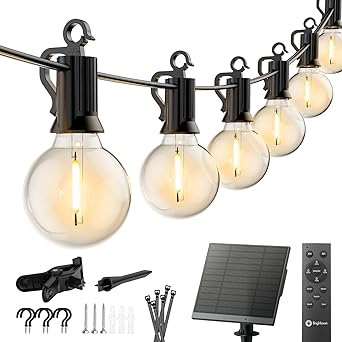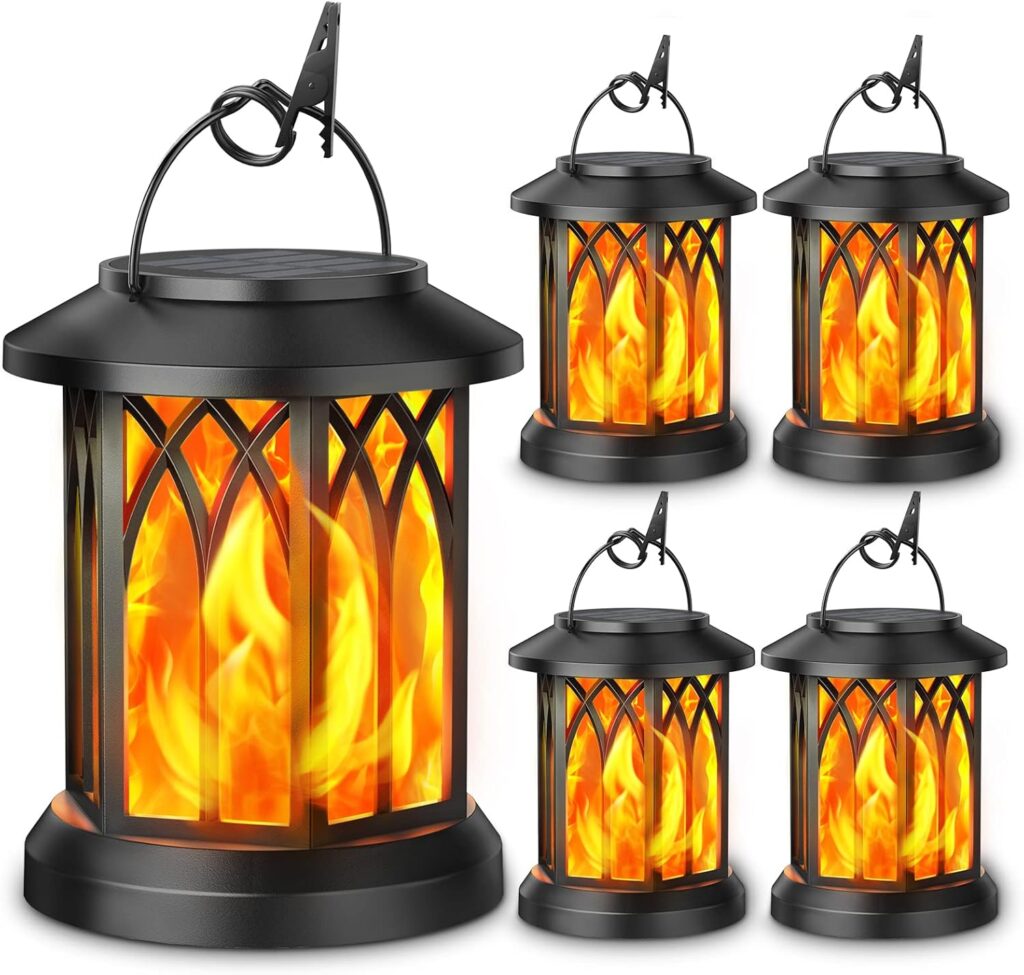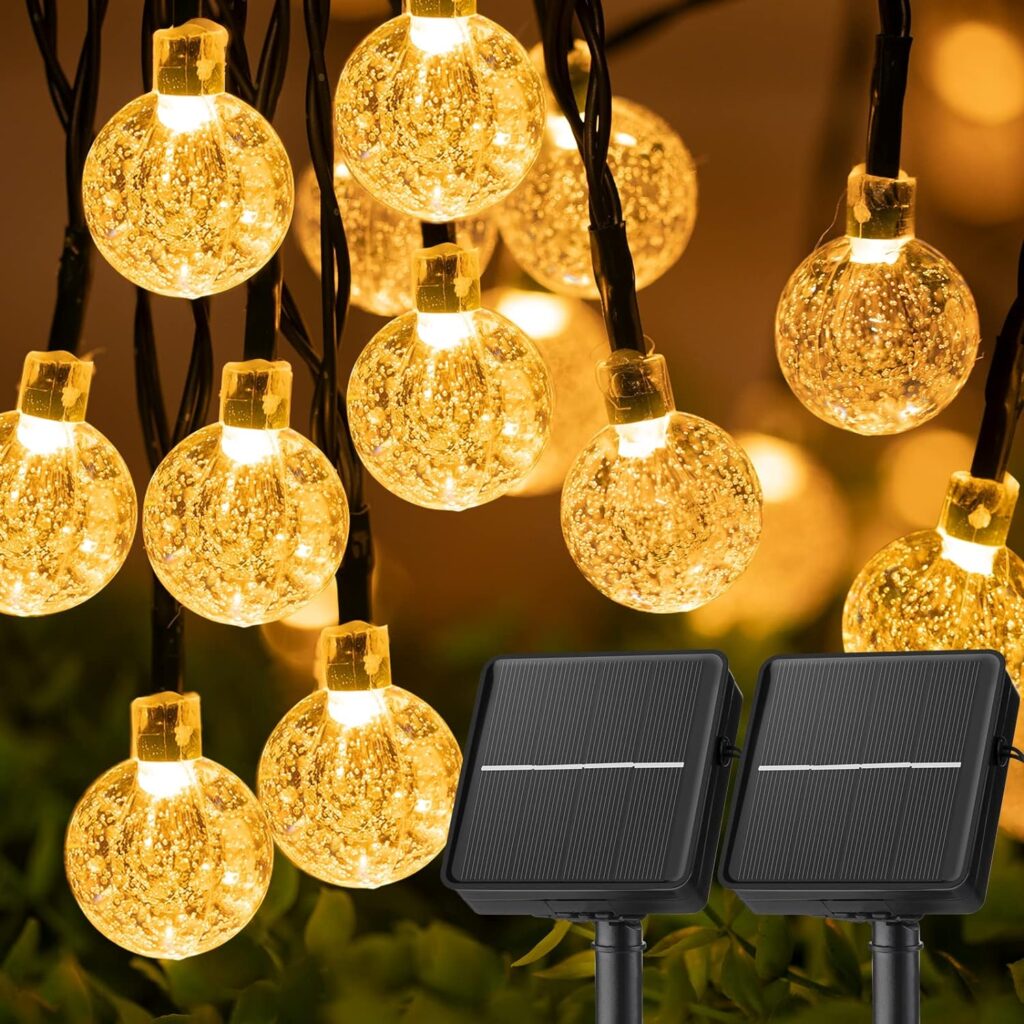Introduction
Solar LED outdoor lights are a smart and eco-friendly solution for illuminating outdoor spaces. These lights use solar energy to power LED bulbs, offering a sustainable and cost-effective way to light up gardens, patios, driveways, and more. Solar LED outdoor lights are popular for their efficiency, durability, and ease of installation. This guide will provide an in-depth look at solar LED outdoor lights, covering their benefits, types, working principles, installation, and maintenance.

What Are Solar LED Outdoor Lights?
Solar LED outdoor lights are lighting fixtures powered by solar panels that capture sunlight during the day and convert it into electricity. This electricity is stored in rechargeable batteries and used to power energy-efficient LED bulbs at night. These lights are designed to work independently of the electrical grid, making them ideal for outdoor areas without access to power outlets.
Benefits of Solar LED Outdoor Lights
- Energy Efficiency: Solar LED lights utilize renewable solar energy and consume less power than traditional bulbs, significantly reducing energy usage.
- Eco-Friendly: By relying on solar power, these lights help lower carbon emissions and contribute to a greener planet.
- Cost Savings: With no electricity bills and minimal maintenance costs, solar LED lights offer long-term savings.
- Easy Installation: Since they are wireless, solar LED lights can be installed quickly and easily without the need for professional assistance.
- Durability: Made with robust materials and weather-resistant designs, these lights are built to withstand harsh outdoor conditions.
- Enhanced Safety and Security: Bright lighting improves visibility and deters intruders, ensuring safety in outdoor areas.
How Do Solar LED Outdoor Lights Work?
- Solar Panels: Solar panels absorb sunlight and convert it into electricity using photovoltaic cells.
- Battery Storage: The electricity generated is stored in rechargeable batteries for use at night.
- LED Bulbs: Light-emitting diodes (LEDs) are used because they are highly efficient, durable, and provide bright illumination.
- Sensors: Many solar LED lights are equipped with sensors, such as motion detectors or dusk-to-dawn sensors, to optimize energy use.
- Controller: A controller manages the charging and discharging of the battery, ensuring efficient operation.

Types of Solar LED Outdoor Lights
- Pathway Lights: These are small lights used to illuminate walkways, driveways, and garden paths.
- Flood Lights: High-intensity lights designed to illuminate large areas, such as yards or parking lots.
- Spotlights: Focused beams of light used to highlight specific features like trees, statues, or architectural elements.
- String Lights: Decorative lights perfect for enhancing the ambiance of patios, decks, or gardens.
- Wall-Mounted Lights: Installed on walls or fences to light up entrances, patios, or backyards.
- Motion Sensor Lights: These lights activate only when motion is detected, making them ideal for security purposes.
- Post Lights: Mounted on poles or posts, these lights are commonly used in gardens or along driveways.
Factors to Consider When Choosing Solar LED Outdoor Lights
- Brightness: Measured in lumens, choose lights with sufficient brightness for your specific needs.
- Battery Capacity: A larger battery capacity ensures longer operation times.
- Solar Panel Efficiency: High-efficiency panels generate more electricity, even in low-light conditions.
- Weather Resistance: Ensure the lights are made of durable, weatherproof materials to withstand outdoor conditions.
- Design and Style: Choose lights that complement your outdoor decor.
- Additional Features: Look for features like motion sensors, timers, or adjustable brightness levels.
Installation Guide for Solar LED Outdoor Lights
- Choose the Location: Select a spot with ample sunlight exposure to ensure optimal charging.
- Assemble the Components: Follow the manufacturer’s instructions to assemble the light and solar panel.
- Secure the Lights: Mount or place the lights in the desired location. Use screws, stakes, or brackets as needed.
- Position the Solar Panel: Angle the panel to face the sun directly for maximum energy absorption.
- Test the System: Turn on the light and check its functionality. Make adjustments if necessary.

Maintenance Tips for Solar LED Outdoor Lights
- Clean the Solar Panels: Regularly wipe the panels with a damp cloth to remove dirt and debris that may block sunlight.
- Check the Batteries: Replace the rechargeable batteries if they show signs of wear or reduced performance.
- Inspect the Lights: Periodically check for damage or malfunctions and repair or replace parts as needed.
- Protect During Severe Weather: If possible, store or shield the lights during extreme weather conditions.
- Keep Sensors Clear: Ensure motion or light sensors are free from obstructions for optimal performance.
Applications of Solar LED Outdoor Lights
- Residential Use: Light up gardens, patios, driveways, and pathways for convenience and security.
- Commercial Use: Illuminate parking lots, storefronts, and outdoor seating areas.
- Public Spaces: Provide lighting in parks, community centers, and along streets.
- Event Lighting: Use for weddings, parties, and outdoor gatherings to create a festive atmosphere.
- Emergency Lighting: Serve as reliable backup lighting during power outages or natural disasters.
Advantages Over Traditional Outdoor Lights
- No Wiring Required: Solar LED lights are wireless, making installation simpler and more flexible.
- Energy Independence: They operate independently of the electrical grid, ensuring reliability during power outages.
- Lower Energy Costs: With no electricity consumption, these lights significantly reduce energy expenses.
- Eco-Friendly Operation: They utilize renewable energy, reducing the environmental impact.
- Versatile Applications: Suitable for a wide range of uses, from decorative to functional lighting.
Challenges and Solutions
- Limited Sunlight: In areas with low sunlight, choose lights with high-efficiency panels or larger batteries.
- Weather Conditions: Opt for weatherproof designs to handle rain, snow, and extreme temperatures.
- Initial Cost: While the upfront cost may be higher, the long-term savings make it a worthwhile investment.
- Battery Replacement: Periodically replacing batteries ensures consistent performance.
Innovations in Solar LED Outdoor Lights
- Smart Features: Integration with apps and remote controls for customizable settings.
- Advanced Batteries: Use of lithium-ion or lithium phosphate batteries for longer life and better performance.
- High-Efficiency Panels: Newer photovoltaic technology enhances energy conversion.
- Compact Designs: Sleek and modern designs that blend seamlessly with outdoor decor.
- Multi-Functional Lights: Lights with additional features like USB charging ports or Bluetooth speakers.